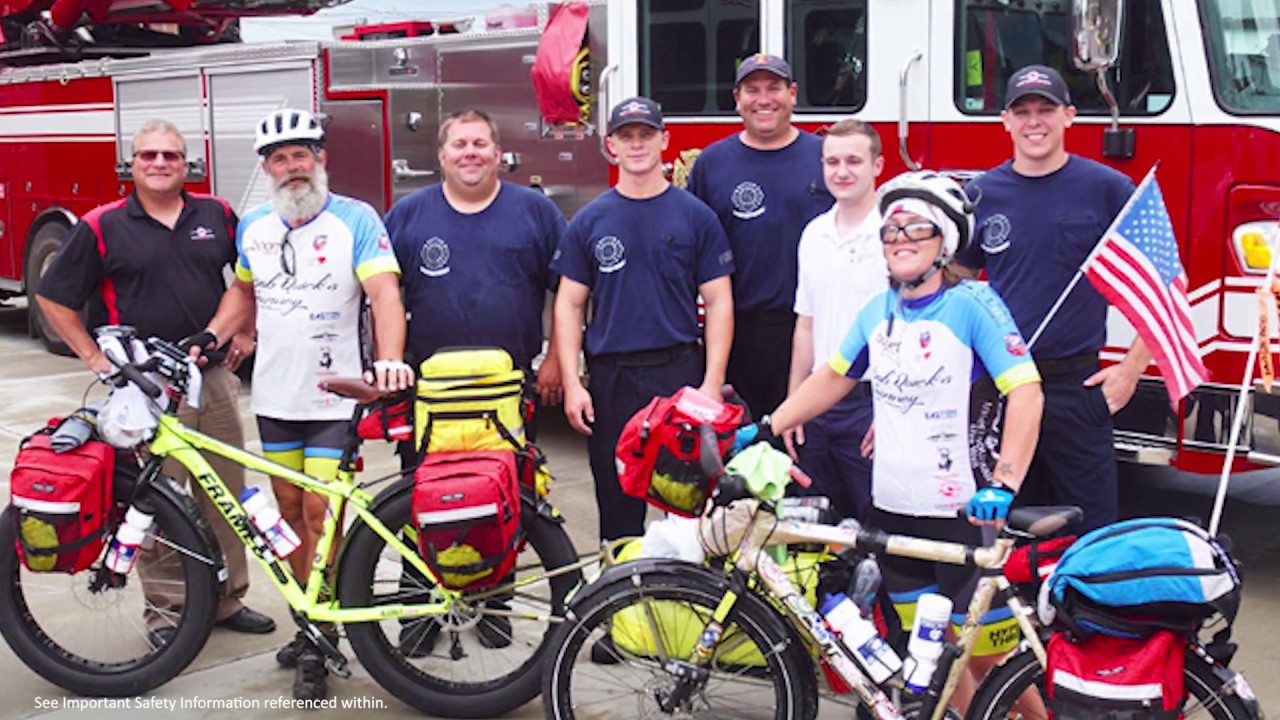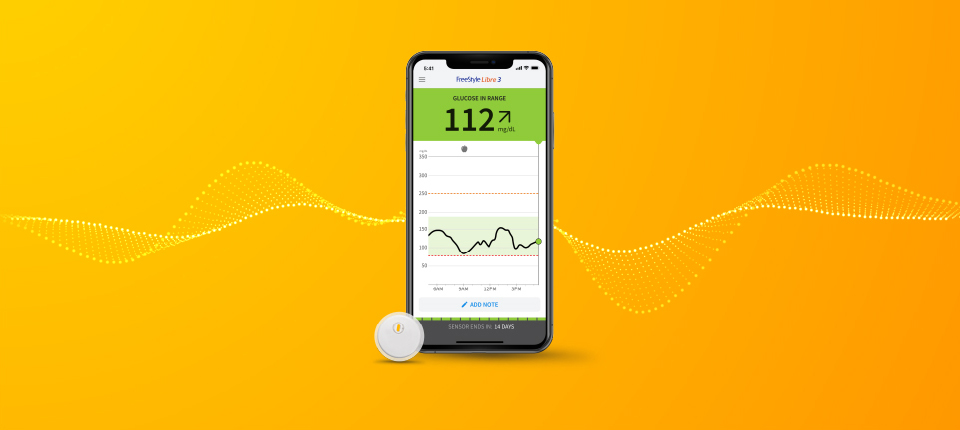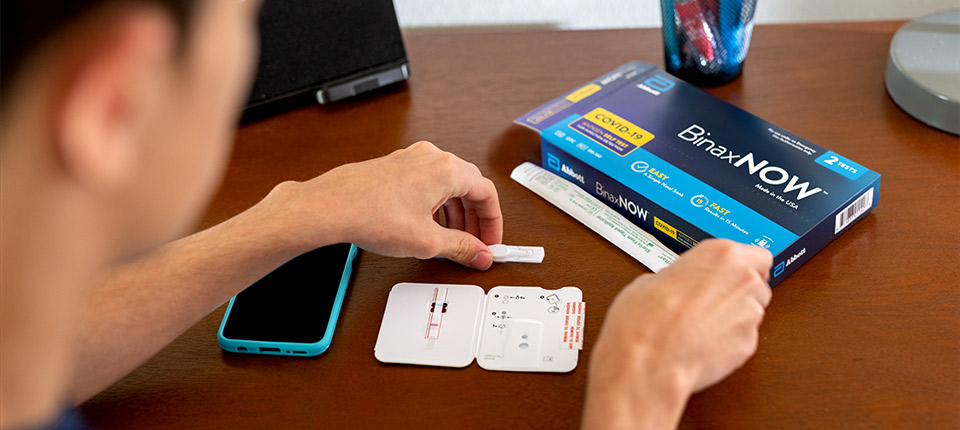"With a heart condition, you can either get up and start living, or sit down and start dying," Quick said of his cardiovascular disease.
During Quick's heart attack, paramedics in his hometown of Roy, Utah, performed CPR to bring him back.
He'll never forget it. And he won't let them forget it, either, nor their colleagues across the country.
His appreciation and gratitude drove him last year to bike from Oregon to New York with stops in towns along the way to say thank you to firefighters, paramedics and police officers for their service while raising awareness for heart health.
That he's a still-living, still-breathing example of living your best life has not gone unnoticed, especially by people living with heart disease.
"I take every day, every breath, every touch, every smell to the fullest you can imagine," he said. "Every day I want to inspire someone."
This testimonial relates an account of an individual’s response to the treatment. This patient's account is genuine, typical and documented. However, it does not provide any indication, guide, warranty or guarantee as to the response other persons may have to the treatment. Responses to the treatment discussed can and do vary and are specific to the individual patient.







FOLLOW ABBOTT